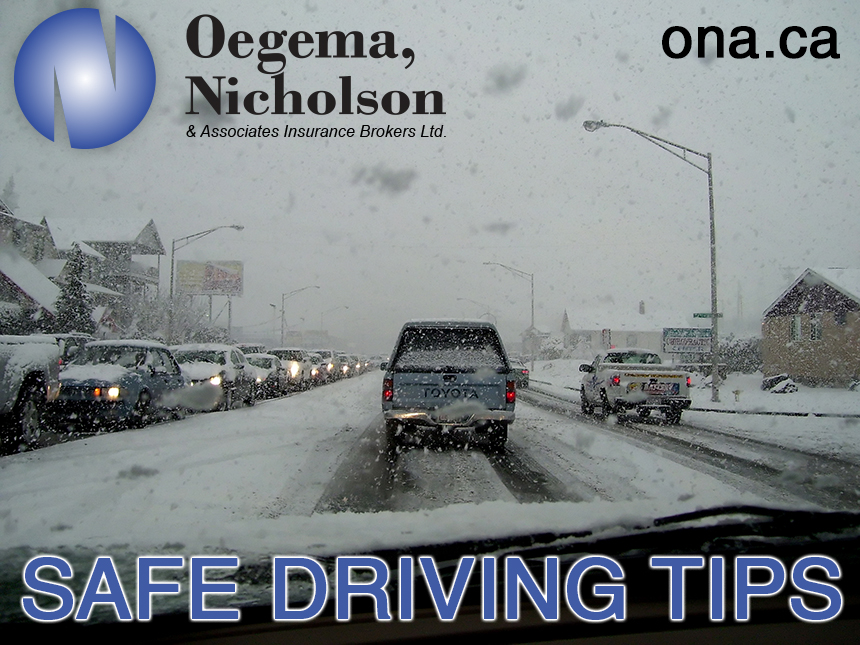
Safe Driving on the Roads this Fall & Winter
Posted by on Sep 24, 2014 in
It’s sad to say, but summer will soon be firmly in the rear view mirror. And as the temperatures cool down and the snow begins to fly, Eastern Ontario provides its own set of tricky and often challenging conditions. With that in mind, it’s a good time to review some tips and best driving practices for the upcoming autumn and winter seasons on our roads. 
Fall Driving Tips
Here are a few things that the CAA recommends you should watch for on the roads during the autumn season:- Leaves: The fall colours in our region can be beautiful, but when those leaves hit the road, they can also potentially become slippery – particularly after rain falls.
- Increased vehicle and pedestrian traffic: Some people find that the commute to and from work during the summer is more relaxed, with schools on break and many people on vacation. Come September, it seems that everyone is back into the swing of things, so be cautious of the extra vehicle traffic and pedestrians walking through neighbourhoods.
- Be Cautious in Fog: It’s a pretty common occurrence in this part of Ontario and it’s something to watch out for. In most cases, you’re better off using your low beam headlights in foggy conditions; your high beams will simply reflect off the fog, creating glare in your line of sight.
- Watch the frost: Heading into October, we’ll start to see more and more overnight frost developing on our roads, particularly on bridges and overpasses. Just take a little extra caution on your morning commute, and leave appropriate space between you and the car in front of you.
- Watch for Wildlife: It’s not uncommon to see different types of wildlife run across the road or rural highways during this time of year in Eastern Ontario. In particular, the mating season for white tailed deer begins in the late fall, and they will travel relentlessly to find a mate. Keep an eye out for wildlife, particularly around dawn and dusk.
- Daylight Saving Time: Remember that it will start getting darker earlier, and it will be particularly noticeable after we “fall back” on the morning of November 2 this year. Take extra caution for cyclists and pedestrians during your evening commute.
Winter Driving Tips
The Ontario Ministry of Transportation provides an excellent, extensive guide on winter driving and preparation, which you may find useful to review before the snow hits our region. Here are some of the main points that they advise for drivers.- Vehicle Maintenance for Winter: It’s a good idea to have a maintenance check-up of your vehicle before winter hits with full force. Things you might want to have examined to ensure that they’re in good operating condition are your battery, belts, hoses, oil, radiator, lights, brakes, exhaust, heater & defroster, windshield wipers and tires.
- Put your winter tires on: With the harshness of a Canadian winter, winter tires are absolutely essential. They are designed to provide significantly shorter stopping distances than all-season tires, which can make all the difference between stopping safely on a snowy road and slamming into the car in front of you.
- Washer fluid: Remember to keep an eye on your washer fluid gauge to make sure you’ll have enough before heading out.
- Before you go: Take a minute to clear the snow and ice off your car. Sometimes it’s a hassle, but it’s always worth it to be safer.
- Pack a survival kit: It’s a great idea to either purchase or make your own ‘winter driving survival kit’ to just stow away in the car for the winter. Some of the most essential items to include would be:
- Ice Scraper and snow brush
- A small shovel
- Sand, kitty litter, or something to aid traction if your vehicle is stuck
- Road flares
- First aid kit
- Jumper cables
- Blanket and gloves
- Some small, high-energy foods (e.g. granola bars/protein bars).

